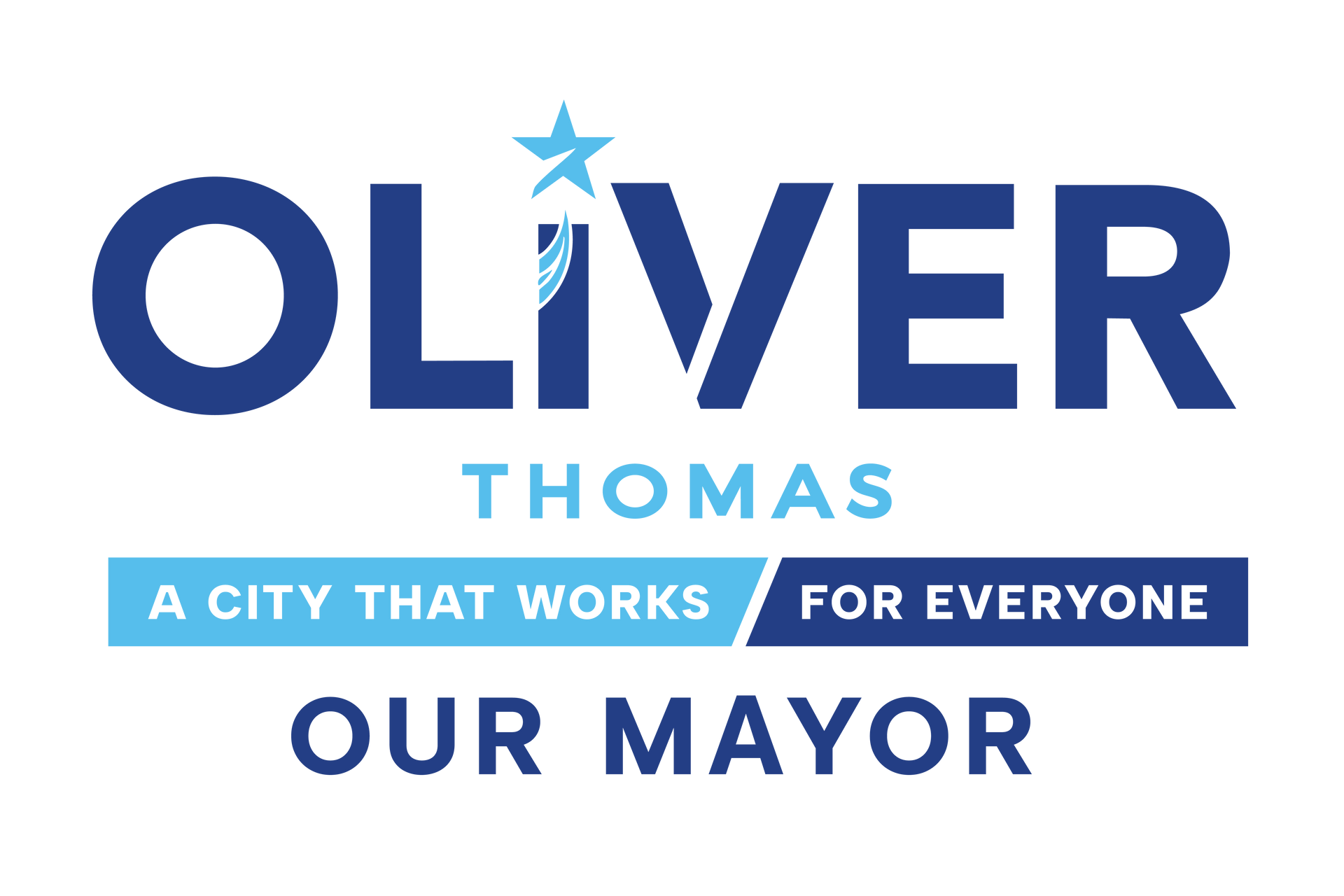MAKING OUR NEIGHBORHOODS SAFER
A safe city is a thriving city.
Too many of our residents don’t feel safe in their own neighborhoods, and that has to change. Public safety isn’t just about policing—it’s about prevention, intervention, and connection. A smarter, community-centered approach to crime prevention means investing in our people, our youth, and mental health services while also rebuilding the social fabric that once made our neighborhoods strong.
We must restore trust between law enforcement and the community, provide real opportunities for young people, and expand mental health and substance abuse services to address crises before they lead to harm. When neighbors know each other, look out for one another, and feel connected, we create a city where people are less likely to engage in violence—because people don’t harm those they know, love, and are invested in, except in moments of extreme crisis.
We will make New Orleans safer by:
Giving the People a Voice in Public Safety Leadership
Move to elect or publicly confirm the next NOPD Chief to ensure community trust in law enforcement leadership. The Superintendent should be accountable to the people, not just the Mayor.
Preventing Violence Before It Happens
- Establish and secure sustainable funding for a Violence Interruption & Prevention Office that employs credible messengers—including formerly. incarcerated individuals—as mentors. These mentors will work to break cycles of violence by proactively de-escalating conflicts before they escalate into deadly encounters.
- Increase our investment in quality of life community walks in partnership with our neighborhoods and the NOPD.
Expanding Civilian Response Teams & Crisis Intervention
- Expand Civilian Response Teams (CRTs) to handle non-emergency calls and traffic enforcement, freeing up police for serious crime.
- Launch a Crisis Response Unit staffed with mental health professionals to respond to non-violent crises like substance abuse and mental health emergencies, reducing unnecessary arrests and harm.
Creating More Opportunities for Youth to Prevent Crime
Launch a Youth Opportunity Task Force to streamline the connection of at-risk youth to jobs and leadership development programs. In partnership with our school system and other city agencies and partners:
- Expand job training, the summer jobs program, year-round Youth Job Corps and paid internships.
- Keep schools and community centers open late with after-school programs.
- Teach conflict resolution skills.
Making Our Streets & Neighborhoods Safer
Invest in Street Lighting & Blight Reduction by:
- Support Public Works in establishing systems and staffing to ensure streetlight repairs within 30 days citywide and 7 days in crime hotspots.
- Expand opportunities for residents to legally acquire and redevelop blighted properties near their homes or on their block, making it easier for families to invest in their neighborhoods.
- Strengthen enforcement against negligent property owners who fail to maintain blighted properties, ensuring accountability and preventing abandoned buildings from becoming community hazards.
Fixing Emergency Response & 911 Services
Fully staff 911 dispatch and ensure all calls are answered within 10 seconds so emergencies get a rapid response.
Recruiting & Retaining Local Police Officers
- Strengthen the pipeline for local NOPD recruitment by partnering with higher education institutions and NOLA-PS to create police academy. programs to train, promote and expose our high school, trade and college students to NOPD.
- Continue to provide professional development and retention incentives to keep experienced officers on the force.
Supporting Re-Entry & Addiction Recovery
- Expand support services for re-entry populations, ensuring housing, jobs, and mental health care for formerly incarcerated residents.
- Strengthen the Bill of Rights to protect formerly incarcerated individuals from discrimination in housing, employment, and opportunity.
- Appoint an Opioid Response Officer, in partnership with NOPD and Health & Human Services, to lead overdose prevention, treatment access, and public education on addiction recovery.
Ending Federal Oversight & Improving Police Accountability
Advocate for exiting the NOPD consent decree, shifting police accountability to local oversight, saving millions in taxpayer dollars, and ensuring a citizens oversight committee to prevent regression.
Building Stronger, Safer Communities
- Launch a Neighborhood Safety Ambassador Program to recruit and train residents as community connectors between local organizations, law enforcement, and public safety resources.
- Create a city-backed grant program providing $500-$5,000 to neighborhood groups, churches, and local leaders to host community-building events, neighborhood clean ups, and safety initiatives.
- Host an annual “Know and Love Your Neighbor” Challenge, using a digital platform to track engagement and reward residents for building and connecting communities, making communities safer through trust and accountability.
MEASURING IMPACT
Expanded Prevention & Intervention Services
- More at-risk youth connected to jobs, mentoring, and after-school programs.
- Growth in the number of violence interruption interventions preventing conflicts before they escalate.
- More people receive mental health and substance abuse crisis support instead of jail time.
Stronger Police-Community Relations
- Increased public trust in NOPD, measured through annual community surveys.
- Fewer excessive force complaints and civil rights violations.
- Higher clearance rates for violent crimes, showing improved police effectiveness.
Expanded Prevention & Intervention Services
- More at-risk youth connected to jobs, mentoring, and after-school programs.
- Growth in the number of violence interruption interventions preventing conflicts before they escalate.
- More people receive mental health and substance abuse crisis support instead of jail time.
Safer, More Connected Neighborhoods
- Increase in neighborhood-based safety programs, such as block watch groups and safety ambassadors.
- Faster streetlight repairs and blight reduction in crime hotspots.
- More community-led events and engagement through grant-supported safety initiatives.





